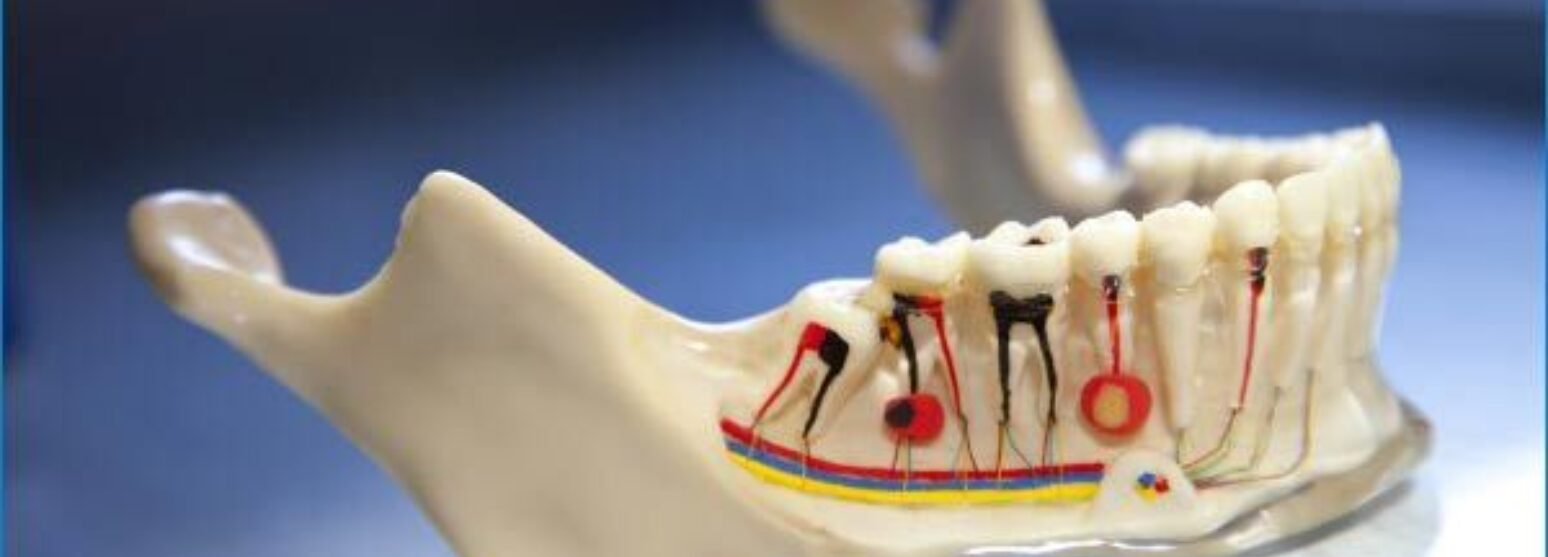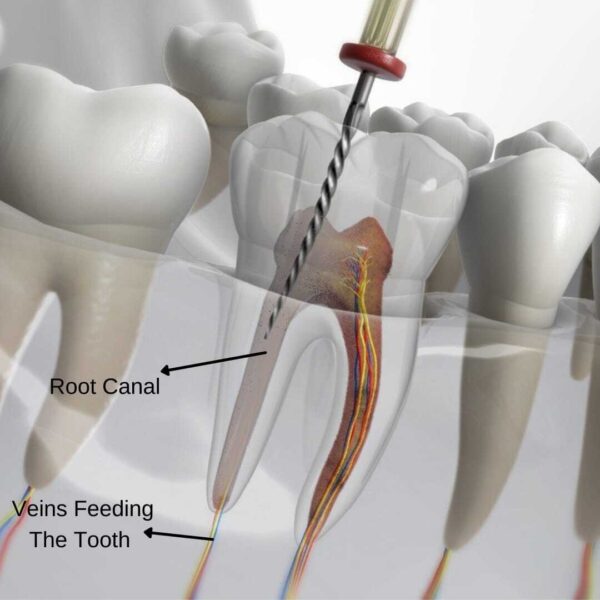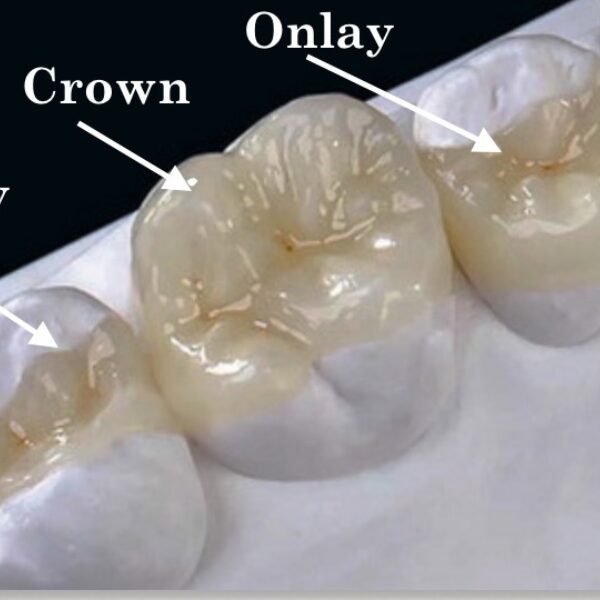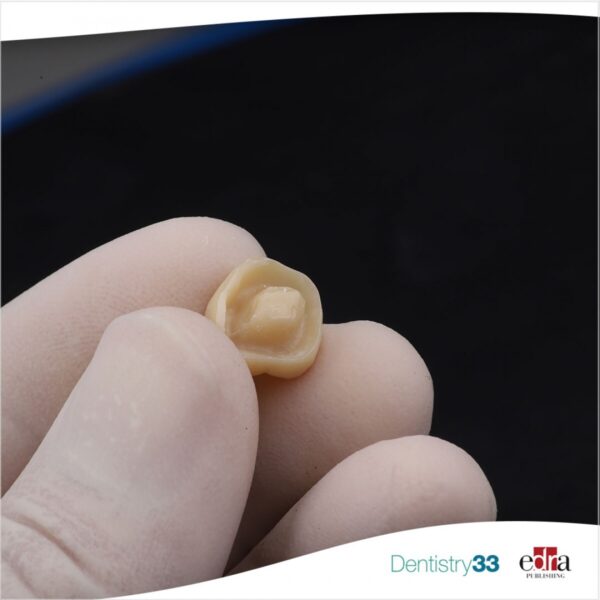Treatments


Dental root treatment, more widely known as root canal therapy, is a dental procedure used to treat infection at the center of a tooth (the root canal system). It's a crucial treatment that can save teeth that might otherwise have to be removed.
The need for root canal therapy arises from an infection of the pulp, the soft tissue inside the root canal. This infection is typically caused by deep decay, repeated dental procedures on the tooth, faulty crowns, or a crack or chip in the tooth. It can also result from trauma to the face. If left untreated, this infection can lead to severe toothache, swelling, and even bone loss around the tooth’s root.
The procedure involves several steps:
Following root canal therapy, patients may experience mild discomfort for a few days, which can usually be managed with over-the-counter pain relievers. It's important to follow good oral hygiene practices, including brushing, flossing, and regular check-ups, to ensure the success of the treatment and to prevent future infections.
Root canal therapy has a high success rate and typically preserves the tooth for a lifetime. The procedure not only relieves pain but also stops the infection from spreading, making it a vital treatment for maintaining oral health.

Dental inlays and onlays are types of restorative treatments used to repair rear teeth that have mild to moderate decay, or have fractured but are not damaged sufficiently to require a crown. Often referred to as partial crowns, inlays and onlays offer a conservative and esthetic approach to restoring tooth structure.
Dental inlays are used to repair the inside cusp tips of a tooth. Similar to a filling, an inlay fits within the cusps (top projections) of the tooth. Inlays are usually made from porcelain, composite resin, or gold, and are bonded to the cleaned out cavity, providing substantial support to strengthen teeth, restore their shape and avoid further damage or decay.
Dental onlays are more extensive than inlays and cover one or more cusps or the entire biting surface of a tooth. Because of their extensive coverage, onlays are sometimes referred to as partial crowns. Onlays are indicated when the damage is more significant but the tooth still has enough healthy structure that does not require a full crown.
Dentists recommend inlays and onlays when over half the tooth’s biting surface is damaged. They are an ideal alternative to crowns because they preserve more of the original tooth structure while restoring the tooth’s strength and stability. Inlays and onlays are suitable for teeth that need more than a filling but less than a crown.
The procedure typically requires two appointments:
Dental inlays and onlays are effective restorative solutions that offer superior fit, aesthetics, and longevity, making them excellent alternatives to crowns in many cases. They provide a functional and durable way to restore teeth that are damaged or decayed without compromising the health of the natural tooth structure.

Endocrowns are a type of dental restoration used primarily to restore teeth that have undergone extensive structural loss, often due to decay or after root canal treatment, particularly in the molars. Unlike traditional crowns, which cover the entire visible portion of a tooth above the gum line, endocrowns are fabricated to fit within the tooth, utilizing the space where the pulp used to be, anchoring securely in the pulp chamber.
Endocrowns are specifically designed for teeth with significant structural damage that do not have enough remaining tooth structure to support a traditional crown. They are most commonly used in molars because these teeth undergo significant stress from chewing and often require substantial restoration.
Endocrowns are made from a single block of ceramic material using CAD/CAM (Computer-Aided Design/Computer-Aided Manufacturing) technology. This method allows for precise adaptation to the internal contours of the tooth, optimizing fit and retention. The endocrown is milled from a ceramic block and bonded to the remaining tooth structure using dental cement. The unique aspect of endocrowns is that they do not require posts for retention like traditional crown procedures, as they utilize the entire pulp chamber for anchorage.
Endocrowns are indicated for molars that have undergone root canal therapy, especially when there's not enough crown height to support a traditional crown or when extensive reconstruction is needed. They are also a preferred choice in cases where conservative treatment is desired to preserve as much of the natural tooth as possible.
Endocrowns represent an innovative and conservative approach to dental restoration, particularly suitable for teeth that have undergone extensive damage and treatment. They offer a reliable, aesthetic, and durable solution for restoring tooth function and appearance, making them an excellent option for suitable candidates.
